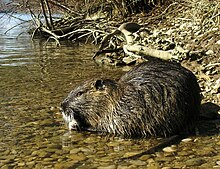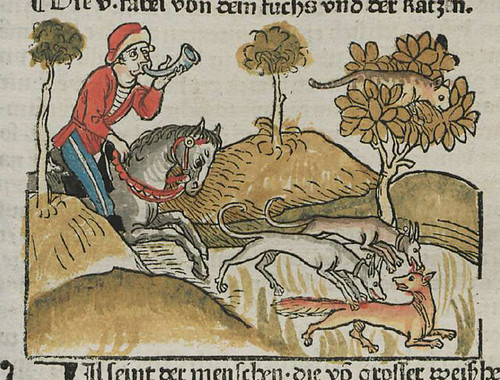Back in the day when slavery was booming and plantation owners were everywhere, a young man with a large inherited fortune began to grow his plantation. His plantation grew large very quickly with a variety of different crops as the seasons changed. He took good care of his slaves that worked his fields day in and day out for long hours. The master of the plantation made sure that he provided shelter and food for his slaves and in turn they worked hard.
One day, he decided that he would venture into growing a new crop. That crop was more difficult to grow than his other crops. No one in the area had ventured to grow the gub-gub peas anymore because so many people tried and failed due to poor soil, poor timing in the season and random pests eating up the crops. But with a growing fortune and plantation, the seasoned plantation owner decided to give it a try and be the first successful gub-gub pea grower.
The plantation owner went down to the market and ordered ten large boxes of the gub-gub peas.
"You think that you're some hot shot, hot shot?" said the market man.
"I think you only learn from failure," said the plantation owner as he patted the backs of his slaves while they loaded his truck.
As soon as he got back, he ordered for the boxes to be put in the shed.
"Once you finish, head out to the acre behind the barn and till the soil for seeding tomorrow," said the plantation owner.
Little did the plantation owner know that Anansi the spider was tucked away within the boxes inside the shed.
The next morning, the plantation owner jumped out of his bed, ran down the stairwell, slapped on his cap and went to greet his slaves at work. When he approached the shed, the workers were gathering around the front of the shed talking amongst themselves in nervous chatter.
"What is going on here? Why are the seeds not in ground? Let's go! Let's go!" yelled the plantation owner.
One of the slaves came out of the crowd and anxiously spoke, "Master... it's Anansi!"
The plantation owner grabbed the startled man by the shoulders and shook him straight. "What are you talking about?"
"Anansi is the spider of wisdom and knowledge. He represents the survival of the African people and he has made his way all the way here in America!"
The plantation owner pushed his way through the crowd and approached the boxes of the gub-gub pea seeds.
"Well, my, oh my. It's just a little spider. Stop the frantic behavior and get to the fields. You all have been through much worse experiences than to worry about some little ol' spider!" said the plantation owner as he turned to his slaves mumbling amoung themselves.
"Listen to ma words as their importance could save you and your plantation here," spoke Anansi calmly. "The boxes here aren't jus ya typical gub-gub pea seeds. I laid in this here box for 'most a month or so 'til the day come that I mus' warn about the evil that lurks in this box here and the next couple boxes."
With a swift hand the owner slammed his hat on the boxes to smash the spider. The spider jumped onto the man's arm and quickly scuffled up his sleeve and to his shoulder. The plantation owner not fazed looked to his shoulder.
"I can't say I hadn't warned you wit the evil that be in da box. Take what you want, I done my part." Anansi jumped from the man's shoulders and scurried off into the barn.
The plantation owner turned back to his slaves and furiously ordered them to begin seeding the soil. Each of the slaves looked at each other and shook their heads. The plantation owner began to shout and stomp about. He ran inside the shed to get his whip.
As he walked back out from the shed with the whip in his hand he muttered, "I ain't once used this here whip, but today just might be the..."
Much to the plantation owner's surprise, the slaves had gone running through his fields toward the fence and the forest.
Author's Note:
The trickster spider, Anansi, is a famous folklore figure in West Africa. As slaves were abducted and brought to the Americas, the stories of Anansi came with them. Anansi was a symbol of slave resistance and survival because he was able to turn the tables on his powerful oppressors through his trickery. If you hadn't already checked it out as well as to what a gub-gub pea is, it is actually a modern -day peanut. When I did the reading of Anansi, it was best to read it aloud. There was a lot of Jamaica flare and jargon that was only understood by not reading it exactly as it's written.
Instead of attempting to emulate the style in my portfolio piece, I decided to change the setting of the story and provided a different ending to the story of the gub-gub peas. The story originally was about Anansi as a man, who tricked an illiterate man with the master's orders in order to free himself and to tie up a passing lion instead.
I immediately thought of dating it in the pre-Civil War era while brainstorming and thought it would be a good match. Anansi was such a prominent and familiar part of oral tradition from the Asante people of Ghana, who also were brought to America. Although slaves came from various places, the tradition spread about the wisdom and trickery skill that Anansi was capable of. I thoroughly enjoyed the stories of Anansi and will use some of the themes in my next piece of writing most likely.
Bibliography:
This book of Jamaica Anansi Stories contains stories collected in Jamaica during the early years of the 20th century by Martha Warren Beckwith, a professor of folklore and well-known ethnographer.
LINK










